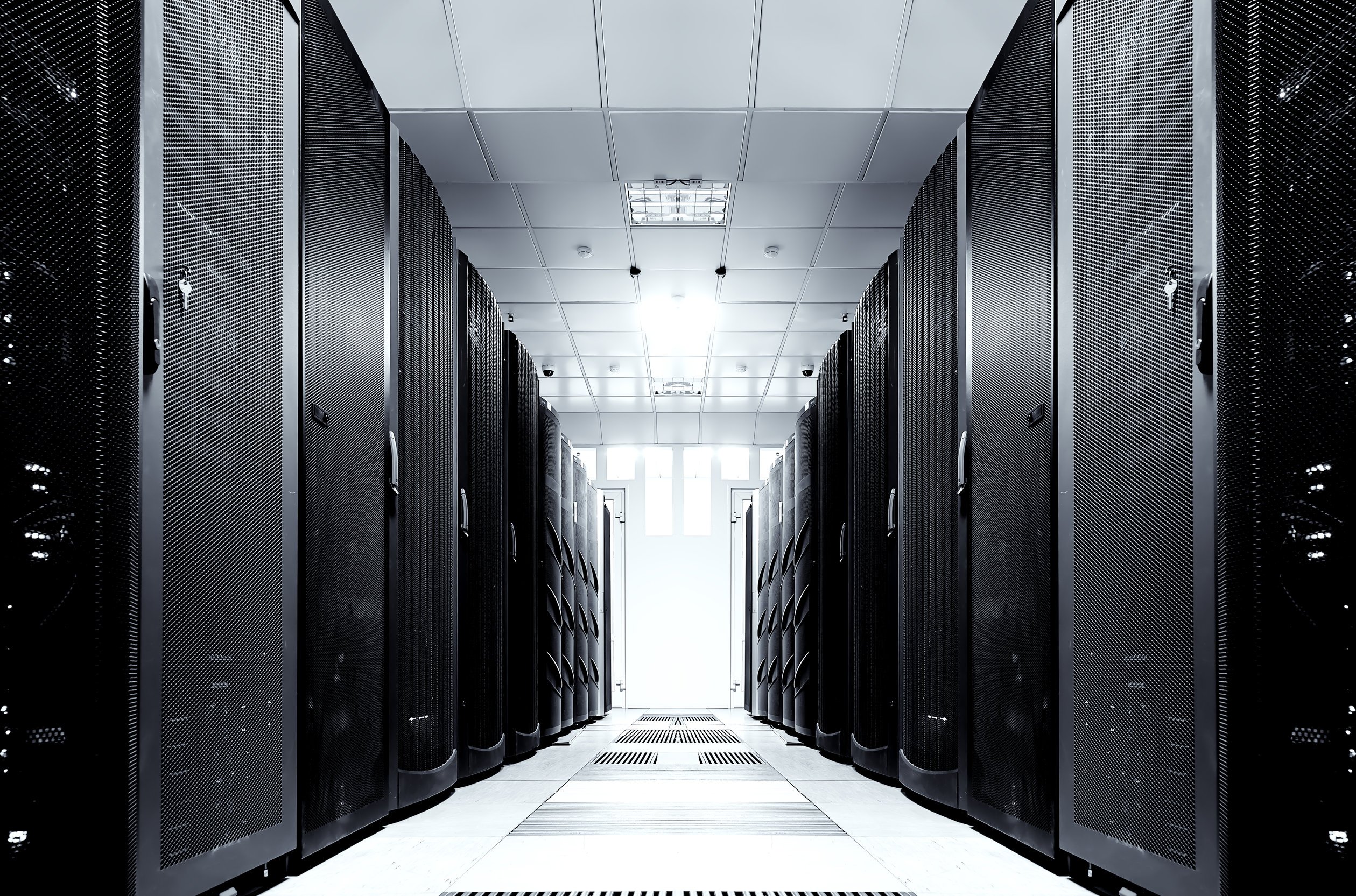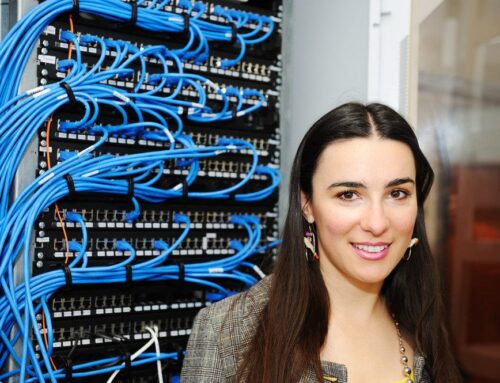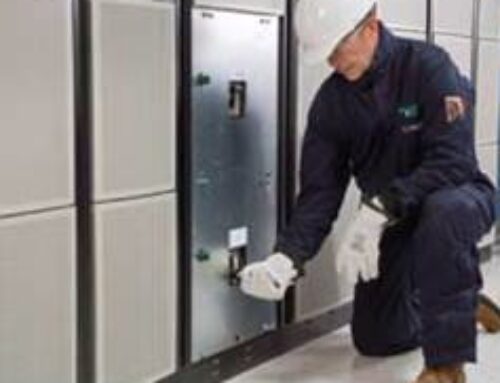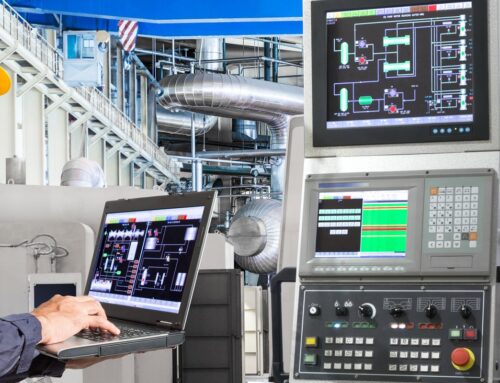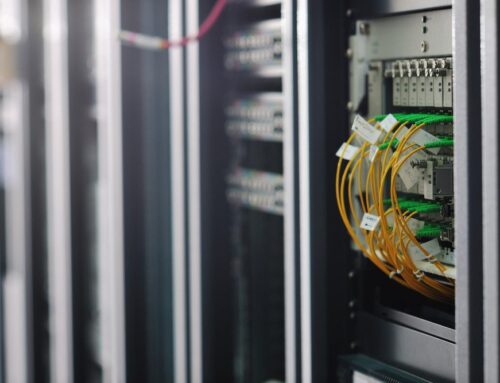Once upon a time, it appeared that traditional local data centers would become obsolete, creating the path for hyper-scale facilities. It was anticipated that by 2020, 1/3 of all data would pass through the cloud. However, because of the increased traffic due to IoT, the internet is transforming into a bottleneck. The latency created means that we must search for different ways for data centers to thrive. Edge computing is one fix that many are turning to. But what are Edge data centers?
What They Are
Edge data centers are found closer to the populations that they serve, and they are smaller than hyper-scale facilities. They deliver cached content as well as cloud computing resources to end-users. They are generally connected to either a larger data center or multiple data centers. Edge computing reduces latency and improves customer experience by processing services and data closer to the end-user.
The Benefits
Bigger isn’t always better. Because of their smaller size, Edge data centers offer faster responses to local processing requirements. Less data is flowing in and out of the center, and it has to travel a shorter distance because they are local. You can think about it like traveling in a car. Driving a shorter distance with less traffic will get you to your destination quicker. End-users want and deserve fast response times, and Edge data centers can provide. They are cost-effective and encourage high performance.
Another benefit of Edge data centers is the increased data security that comes along with them. When working with an Edge data center, storage, processing, and applications are spread across a larger range of both data centers and devices. This makes it harder for any one disruption to take a whole network down. Fewer amounts of data entering the center also mean that less information is compromised.
Uses of Them
Edge data centers have a wide range of applications. One is IoT devices. These devices include “smart” things — security systems, fitness trackers, watches, fridges, and so much more. Self-driving vehicles need to be in constant and instant communication with data centers. Remote-controlled drones are another possible application. For a premium immersive experience, VR can be connected to an Edge data center. For most people, streaming will be a primary use.
For more information about Edge data centers, as well as information about data center cooling and data center power distribution, contact the professionals at LDP Associates.

